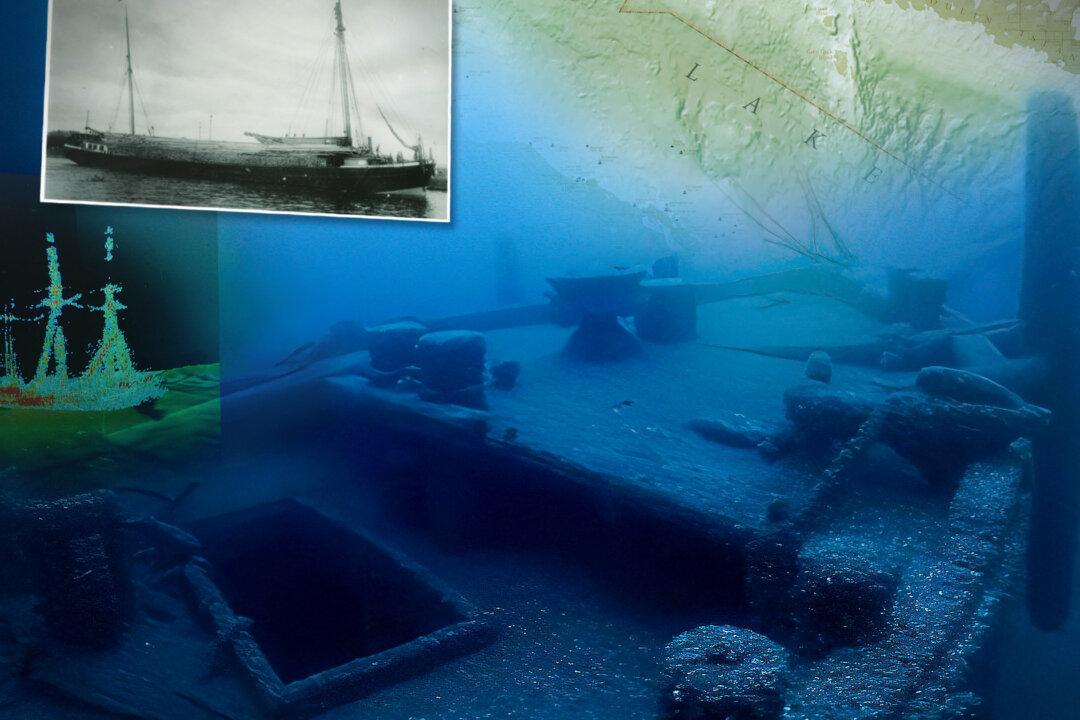It was well past midnight when frenzied crew members of two wooden vessels abandoned ship. The Ironton and Ohio had collided north of Presque Isle Lighthouse up on Lake Huron, leaving a gaping 12-foot gash in Ohio’s hull. Ironton sustained a hole in her port bow and a splintered stem for having struck Ohio on her quarter, aft her boiler house, according to one survivor. Above the chaos on the water, it was a clear September night in 1894.
Heavily laden with cargo, both ships were sinking—and fast. The crews knew it. All those on the Ohio got in lifeboats, yet only two of Ironton’s seven crewmembers survived. They clung to wreckage amid the frigid lake waters, until nearby ships got them. Fatefully, the other five had gotten in a lifeboat but, in their haste, had forgotten to untie the painter—the line connecting them to the mother vessel—and all were plunged, along with the ship, into a dark, watery grave.






